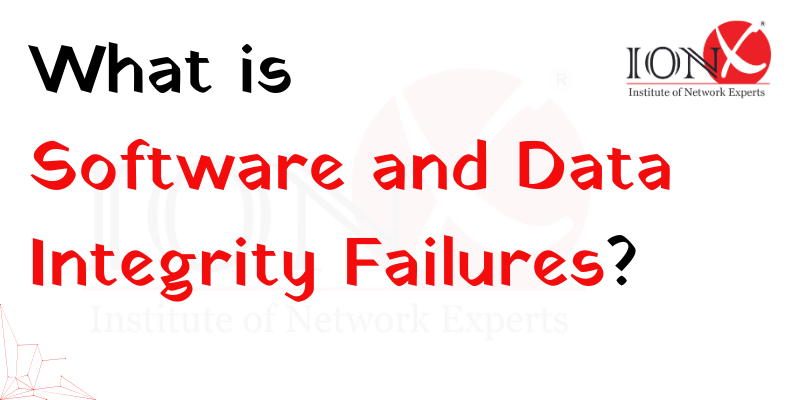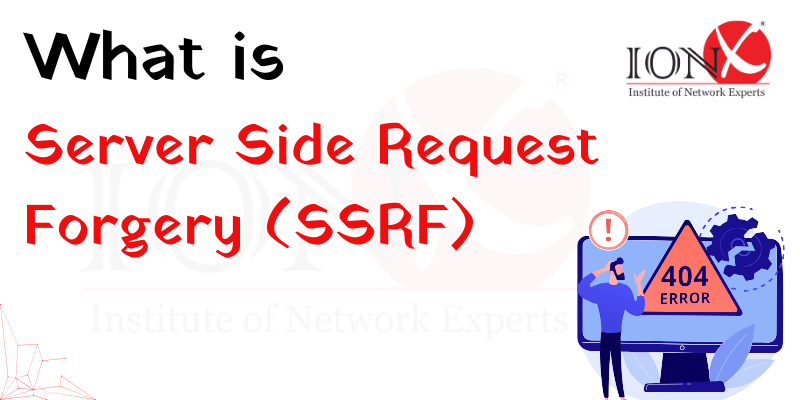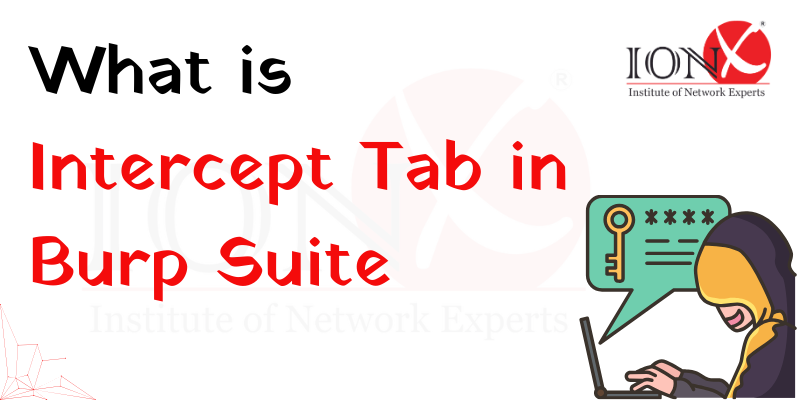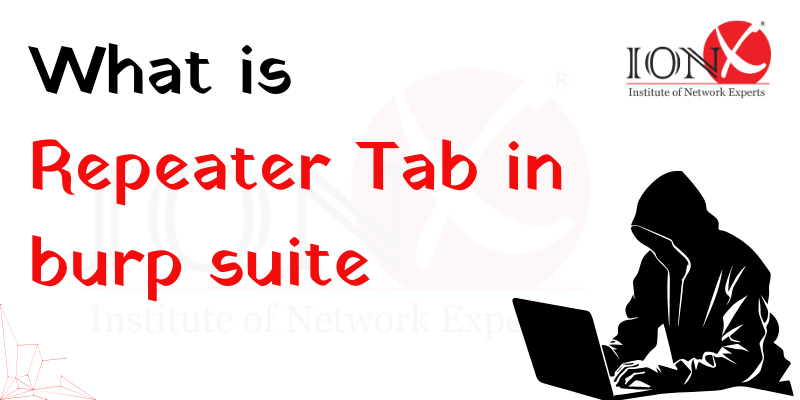The way to get started is to quit talking and begin doing.

Broken access control is a security issue where users can access data or perform actions that they shouldn't be allowed to. This happens when the system fails to properly enforce rules about what users can and cannot do.Types of access controls : 1 . Vertical privilege escalation: Vertical privilege escalation happens when a normal user gains access to functionalities
Read More
Cryptography is a method of protecting information by transforming it into an unreadable format, called encryption so that only those with the correct key can read it.What is a Cryptographic Failure? Cryptographic failure occurs when the cryptographic methods used to protect data are not strong enough or are implemented incorrectly. Common Causes
Read More
In injection, an attacker can send malicious data to a program. This data is then processed by the program in an unintended way, often leading to unauthorized access or damage. 1. SQL Injection: Manipulating a website's database queries by entering malicious SQL commands, which can lead to unauthorized access or data changes. SQL query : SELECT * FROM users WHERE username = 'user' AND password
Read More
Insecure design means creating a system or application without thinking enough about security. These occur when security is not considered or prioritized during the design process, resulting in weaknesses that attackers can exploit.Types of Insecure Design: 1. Lack of Security Requirements: Not including security requirements during the design phase.
Read More
It happens when an application is not securely configured, allowing attackers to exploit vulnerabilities. Key Areas of Security Misconfiguration: 1. Unnecessary Features Enabled: Features such as ports, services, pages, accounts, or privileges that are not needed should be disabled.2. Default Accounts and Passwords:
Read More
It refers to software elements or libraries that are either inherently insecure due to flaws in their design or have not been updated to the latest versions, leaving them exposed to known vulnerabilities. Types of Vulnerable and Outdated Components:1. Libraries and Frameworks JavaScript Libraries: Outdated versions of libraries like jQuery, Angular, or React.
Read More
This is the process of asserting an identity (e.g., a username or ID number) to a system. It answers the question, "Who are you?"What is Authentication?This is the process of verifying the claimed identity. It answers the question, "Are you really who you say you are?"What are Identification and Authentication Failures?
Read More
Software and Data Integrity Failures refer to issues that compromise the accuracy, consistency, and trustworthiness of software and data. These failures can result from various factors, including malicious attacks, software bugs, or misconfigurations.Key Types of Software and Data Integrity Failures:1. Input Validation Failures: Occur when the
Read More
Security logging and monitoring failures refer to the inability to detect and respond to security breaches effectively due to inadequate logging, monitoring, or alerting mechanisms. Key Aspects of Security Logging and Monitoring Failures:1. Insufficient Logging: Not capturing enough detail about events.
Read More
Server-Side Request Forgery (SSRF) is a type of security vulnerability where an attacker can abuse functionality on a server to make HTTP requests to arbitrary destinations. This vulnerability occurs when a web application accepts a URL or some kind of remote resource input and fetches the resource without proper
Read More
It has multiple tabs, each designed for specific tasks in the process of testing and analyzing web applications. Here's an overview of the main tabs in Burp Suite:Purpose: The Dashboard tab provides a comprehensive overview of all active tasks, scans, and events, allowing you to
Read More
It allows you to control and manipulate the HTTP/S requests and responses sent and received by your browser. By intercepting these communications, you can analyze the raw data, modify it on the fly, and gain insights into the web application's behavior and potential vulnerabilities.Intercepting HTTP Requests and responses
Read More
It allows you to perform various tasks such as brute force attacks, parameter fuzzing, and testing for vulnerabilities like SQL injection, cross-site scripting (XSS), and more.1.Target and Position: Specify the target URL and define the positions within the
Read More
allowing you to see how a single variable affects the outcome of a request. This is particularly useful for brute-force attacks on parameters like usernames, passwords, session tokens, etc.>In a Sniper attack, you identify a single position in your requestwhere the payloads will be inserted one by one.
Read More
This can be useful in scenarios where multiple fields might share the same value or where you want to test how the application handles identical inputs across different parameters. How It Works: Multiple Position Synchronization
Read More
It’s ideal for scenarios where you want to test how different combinations of inputs interact with each other.Parallel Payload Insertion: In a Pitchfork attack, Burp Suite inserts different payloads from multiple lists into multiple positions. Each position gets its unique
Read More
This attack type is useful when you need to explore how different inputs interact with each other comprehensively.Combinatorial Explosion: In a Cluster Bomb attack, Burp Suite
Read More
The Repeater tab in Burp Suite is a powerful tool used to manually modify and resend individual HTTP and WebSocket messages. It allows for fine-grained control and testing of how an application responds to specific inputs.Key Features: 1.Manual Request Editing: You can manually edit the request method (GET, POST, etc.), URL, headers, and body.
Read More
The Decoder tab in Burp Suite is a useful tool for performing various encoding and decoding tasks. It allows you to transform data between different formats such as Base64, URL encoding, HTML encoding, and many others. Key Features: 1.Input/Output Fields: The Decoder tab has two main areas: the input area (where you enter your data) and the output area
Read More
This tab allows you to extend Burp Suite's functionality by adding custom extensions, either created by yourself or available from the BApp Store (Burp's application store). Extensions can be written in Java, Python, or Ruby, and they enable you to add new features or automate tasks within Burp Suite. Key Features of the Extensions Tab: 1.BApp Store: This is where you can browse and install pre-built extensions.
Read More
Lurking beneath the surface, lies a deceptive menace known as phishing attacks. Like a crafty angler casting its bait, cybercriminals employ phishing tactics to lure unsuspecting victims into their web of deceit. But what exactly are phishing attacks, and how can we safeguard ourselves against them? Let's dive in and explore.Phishing is a type of cyber-attack where
Read More
A zero-day attack refers to a cyber-assault that exploits previously unknown vulnerabilities in software, hardware, or networks. These vulnerabilities are called "zero-day" because they are exploited by attackers on the same day they are discovered, leaving little to no time for developers to patch or fix the issue. Zero day attacks are particularly dangerous because
Read More
Enhanced Protection: By dividing up your network, you can isolate a compromise in one area and stop hackers from accessing vital information by moving freely around the network. It's similar to containing the contaminated room during a castle outbreak! Enhanced Output: Smoother functioning for both
Read More
➔ Develop a Clear Cloud Migration Strategy: A cloud migration strategy is an overarching plan that outlines the transition of an organization's digital assets, including services, IT resources, databases & applications, from on-premises or co-located infrastructures to a cloud technology-based environment.
Read More
It might seem like magic, but behind the scenes, a crucial service called the Domain Name System (DNS) is working its invisible magic. But DNS isn't just about convenience; it also plays a significant role in network performance and security. Think of DNS as a big phonebook for the
Read More
Cybersecurity is like a shield that guards our digital world against malicious threats and attacks. It encompasses a set of technologies, processes, and practices designed to protect computers, networks
Read More
Sure,you can attend free demo lectures.
Yes, You Can Pay Fees Via EMI.